The Pandemic Agreement 'Lite'
The "powers that be" hope to agree to a version of the "Pandemic Agreement" that avoids some of the more contentious issues. They want to reach an agreement in 2024 and work out the details later.
SHARE: StopTheTreaty.org | #StopTheTreaty
Please watch the video summary below:
https://rumble.com/v5htdul-the-pandemic-agreement-lite.html
The “Pandemic Agreement” is NOT dead.
In fact, it is mutating and multiplying.
The latest (unofficial) version is available HERE.
“Now we are talking about three additional instruments instead of one.”
SUMMARY
The “powers that be” desperately want to reach an agreement by November 11, 2024 so that they can call a special session of the World Health Assembly in December 2024 in order to adopt the “Pandemic Agreement,” before the Biden Administration leaves office, even if all the details are not fully agreed upon.
Since the negotiations are not even close to reaching a consensus, they have suggested splitting the “Pandemic Agreement” into THREE SEPARATE LEGAL INSTRUMENTS in order to extend the negotiations of the most contentious issues off into the future.
The latest version of the WHO’s “Pandemic Agreement” now proposes two ADDITIONAL international “instruments.”
Pathogen Access and Benefit Sharing (PABS) “instrument” (Article 12.2, page 19)
Pandemic prevention and surveillance “instrument.” (Article 4.3 Alt. Bureau proposal - with revisions, pages 11-12)
If we allow the “powers that be” to get what they want, the details of these international “instruments” will be determined AFTER the “Pandemic Agreement” has been adopted.
Some people have referred to the latest version as the “Pandemic Agreement ‘Lite’ ”
The latest draft of the World Health Organization’s (WHO) pandemic agreement shifts key decisions to the Conference of the Parties (COP) – a body that will be set up after the World Health Assembly (WHA) has adopted the agreement.
“This new text sets up a pandemic agreement ‘lite’ where there are lots of blanks left to fill in after the agreement,” says Elliot Hannon, Spark Street senior researcher and an observer at the negotiations.
“The Bureau’s new suggested language really shows they’re taking out the most contentious issues, particularly on PABS, and leaving the details to be worked out later. The aim, of course, is to meet their deadline and to produce some kind of agreement on PABS,” he added.
Details about how to implement the contentious Pathogen Access and Benefit Sharing (PABS) system (Article 12) – a mechanism to share information and benefits about pathogens with pandemic potential – is one of those kicked down the road.
“Almost all of the changes are designed to not have to deal with the intricacies of PABS right now. The same goes for Articles 4 and 5 on ‘prevention, surveillance’ and ‘One Health’,” he added.
Provisions for “pandemic prevention and surveillance” (Article 4) have also been kicked down the road to the Conference of the Parties (COP), which will be charged with further developing these, “taking into consideration a One Health approach”.
SCHEDULE
October 21, 2024: Informal meeting on Article 12.
October 22, 2024: Informal meeting on Article 13 and 13bis.
October 23, 2024: Informal meeting on Chapter I.
November 4-15, 2024: 12th meeting of the Intergovernmental Negotiating Body (INB)
November 11, 2024: Deadline for calling for a special session of the World Health Assembly by the Executive Board.
December 2024: Possible signing of the “Pandemic Agreement.”
WHAT’S THE RUSH?
The Intergovernmental Negotiating Body (INB) has been given until the 78th World Health Assembly (WHA) in May 2025 to complete their negotiations but there is a strong push by some member nations to reach an agreement before November 11, 2024 to schedule a Special Session of the World Health Assembly (WHA) in order to have member nations sign the “Pandemic Agreement” before the end of 2024.
In my humble opinion, there is no way that all of the details will be worked out in the next month. Given this reality, the “powers that be” are attempting to extend the negotiations on two very contentious topics by pushing them into separate “instruments” that would be AGREED TO NOW, BUT DETAILED LATER.
The structure of the “Pandemic Agreement” is that of a framework convention which would set up a Conference of the Parties (COP) that would meet on an ongoing basis, much like the Framework Convention for Climate Change.
Back in April 2024, a very similar approach to extend the negotiations was proposed. I reported on that HERE.
In addition to the existing International Health Regulations (IHR) the latest (unofficial) version of the “Pandemic Agreement” also includes statements that would ultimately result in THREE NEW INSTRUMENTS, NOT JUST ONE PANDEMIC AGREEMENT.
INSTRUMENT #1:
THE “PANDEMIC AGREEMENT”
The latest (official) version of the proposed “Pandemic Agreement” is available HERE.
The latest (unofficial) version is available HERE.
INSTRUMENT #2:
THE “PABS INSTRUMENT” (not publicly available)
PABS: Pathogen Access and Benefit Sharing System
2. The provisions governing the PABS System, including definitions of pathogens with pandemic potential and PABS Materials and Sequence Information, modalities, legal nature, terms and conditions, and operational dimensions, shall be developed and agreed in an instrument in accordance with Chapter III (hereinafter the ‘PABS Instrument’). All elements of the PABS System shall come into operation simultaneously in accordance with the terms of the PABS Instrument.
NOTE: This section was highlighted in green in the latest (unofficial) version of the “Pandemic Agreement.” This is supposed to mean that it has been agreed upon, but many nations (The African Group and the Group For Equity) have clearly stated their opposition to the development of a separate “PABS INSTRUMENT” because they want the details to be included in the “Pandemic Agreement",” not postponed off into the future.
Worthy of attention:
5. The PABS System shall include additional benefit sharing provisions which may include the granting to WHO, during a PHEIC and/or pandemic emergency, of royalty free, non-exclusive manufacturing licenses that can be sub-licensed to manufacturers in developing countries for the production of vaccine therapeutics and/or diagnostics. Such additional benefits shall be defined in the PABS Instrument referred to in paragraph 2.
The Bureau’s suggestion to change the text from “hereby establish” to “agree to establish” would delay the creation of the PABS System to some nebulous time in the future.
The Parties [agree to establish (BUREAU)] [hereby establish (DEL BUREAU)] a multilateral system for safe, transparent, and accountable, access and benefit sharing for pathogens with pandemic potential, the ‘WHO Pathogen Access and Benefit-Sharing System’ (PABS System). The PABS System shall be [[administered (DEL BUREAU)] coordinated [and convened (DEL BUREAU)] by WHO. [working in cooperation with relevant stakeholders – Note: move to new paragraph 3h] (DEL BUREAU)].
The Group for Equity’s statements included the following:
The PABS System, once called the heart of the treaty, is now stripped to almost a skeleton, with little consensus among the Member States. We cannot allow the critical elements of the System to be left for the future. Frank conversations on the System need to happen sooner rather than later. While we reaffirm our ambition to conclude the negotiations by the next WHA, we cannot sacrifice the substance, and quality of the agreement in pursuit of speed.
Sharing of vaccines, therapeutics and diagnostics (VTDs) has to be clearly spelled out. We reiterate our position that 5% as a floor is not acceptable. We support the proposal that at least 20% of real-time production should be made available during the pandemic emergency. We also need specific percentage set-asides to prevent PHEIC, and during PHEIC, as well as commitments to annual monetary benefit-sharing.
The reality is that different member nations are clinging to different conceptions of PABS and these fundamental differences have not been resolved.
There are fundamental differences regarding the conceptions and design of the PABS system. Without addressing these differences, a decision to address PABS operations in a future process will not do any good to anyone.
Our region has made it clear that we want to see functional elements of PABS within the WHO Pandemic Agreement.
Also, a group of 94 Civil Society Organizations have voiced their opposition to this proposal:
We, the undersigned civil society organizations, are writing to express our deep concerns and dismay over recent developments in the Intergovernmental Negotiating Body (INB), particularly regarding the Bureau’s Text Proposal on the Pathogen Access and Benefit Sharing (PABS) system under Article 12 of the Pandemic Agreement.
The only guaranteed benefit in the Bureau’s proposal is a minimal donation by a manufacturer of 5% of vaccines, therapeutics, and diagnostics (VTDs) during a pandemic emergency—an infrequent occurrence.
The Bureau must heed the calls of the Africa Group and the Group of Equity for more detailed and operational provisions for the PABS system.
We urge WHO Members to abandon false deadlines and focus on meaningful, substantive discussions within the INB to ensure the adoption of a comprehensive and effective Pandemic Agreement including a PABS system that delivers concrete equitable benefit sharing to prevent and respond to pandemics.
The Developing Nations’ “non-paper”:
A non-paper is a discussion paper in intergovernmental negotiations which is not part of the formal negotiating document. The Party proposing a non-paper may insert the same or additional textual proposals from the non-paper into the formal negotiating document.
Namibia, on behalf of the Africa Group, has reportedly circulated a non-paper containing textual suggestions for annexures to be included in the WHO Pandemic instrument.
Namibia also insisted that WHO should be reflected as the primary recipient of the real time production from the manufacturers.
INSTRUMENT #3:
THE PANDEMIC PREVENTION, SURVEILLANCE AND ONE HEALTH INSTRUMENT (not publicly available)
3 Alt. Bureau proposal – with revisions: The provisions of this Article including functional dimensions shall be further developed and agreed in an instrument in accordance with Chapter III, consistent with the provisions of the amended IHR (2005) and taking into consideration a One Health approach, and the Conference of the Parties may also adopt, as necessary, guidelines, recommendations and other nonbinding measures, including in relation to pandemic prevention capacities, to support the implementation of this Article, with full consideration to the national circumstances and the different capacities and capabilities of Parties, as well as the need for capacity building and implementation support for developing country Parties.
https://healthpolicy-watch.news/wp-content/uploads/2024/09/Draft-WHO-Pandemic-Agreement_19-Sept_17.30.pdf (pages 11-12)
The Developed Nations’ “non-paper”
During the 11th INB meeting in September, a group of countries, primarily consisting of developed countries, led by the United Kingdom, prepared this document titled “A non-paper on a further instrument on pandemic prevention and surveillance, taking into account a One Health approach to pandemic PPR and the amended IHR (2005)”.
They are just throwing a proxy to push details of PABS out of the WHO Pandemic Agreement.
NOTHING IS AGREED UNTIL EVERYTHING IS AGREED
Over the past 2+ years, the members of the INB Bureau and many of the negotiators have stated that “Nothing is agreed until everything is agreed.” However, many sections of the “Pandemic Agreement” are currently highlighted in green, meaning that an agreement has been reached.
The hypocrisy of those involved is obvious.
I encourage everyone to read the sections of the latest document that are highlighted in green in order to see what the negotiators have already agreed upon.
The latest (unofficial) version is available HERE.
THE ABSOLUTE PINNACLE OF HYPOCRISY
8. Proposal by USA: Each Party shall develop, as appropriate and in accordance with applicable law, national strategies for managing liability in its territory related to pandemic vaccines, including those received through the Global Supply Chain and Logistics Network, and shall make such strategies publicly-available. Strategies may include, inter alia, legal and administrative frameworks; no-fault compensation mechanisms, potentially funded by private sector contributions;
FLAWED PREMISE
It is important to remember that THESE NEGOTIATIONS REFUSE TO ADDRESS THE CATASTROPHIC FAILURES of personal protective equipment (PPE) such as masks [MaskCharade.com), “diagnostic tests” (PCRfraud.com), drugs such as remdesivir and midazolam, harms caused by hi-flow oxygen and ventilators, as well as the massive harms caused by the experimental gene therapy injections fraudulently referred to as “vaccines.”
The “Pandemic Agreement” is not about health.
It is about “equity.”
This is all about money.
These negotiations are a thinly veiled effort to dramatically expand the Pharmaceutical Hospital Emergency Industrial Complex (PHEIC) as clearly stated in Article 10:
Article 10. Sustainable and geographically diversified local production
1. The Parties shall take measures, as appropriate, to achieve more equitable geographical distribution and rapid scale-up of the global production of pandemic-related health products and increase sustainable, timely and equitable access to such products, as well as reduce the potential gap between supply and demand during pandemic emergencies.
NOTE: I am not associated with the production or sale of the above T-shirt in any way and I have no monetary connection to it. If you have the skills to create other #StopTheTreaty merchandise, I strongly encourage you to do so ASAP.
PAHO BRIEFING SESSION: PANDEMIC ACCORD
PAHO - Pan American Health Organization
In my opinion, many of the speakers at this event did not accurately present what is really going on within these negotiations.
https://www.youtube.com/watch?v=QnhxYAloMzc&t=1315s
SOURCES:
Intergovernmental Negotiating Body
https://apps.who.int/gb/inb/index.html
Onscreen text reflecting progress up to Thursday 19 September at 17:30 CEST
New Pandemic ‘Lite’ Agreement Shifts Key Decisions to Post-Negotiation Forum
‘Not Enough Progress’ Made at 11th Round of Pandemic Agreement Talks
https://healthpolicy-watch.news/not-enough-progress-made-at-11th-round-of-pandemic-agreement-talks/
WHO: Africa Group and Group of Equity say “no” to dilution of PABS obligations
https://twn.my/title2/health.info/2024/hi240905.htm
WHO: “Non-paper” on pandemic prevention and surveillance lacks vision; contributes to fragmentation
https://twn.my/title2/health.info/2024/hi241002.htm
Civil Society Letter to the INB Bureau and WHO Member States participating in the 11th meeting of the Intergovernmental Negotiating Body (INB)
James Roguski
310-619-3055
JamesRoguski.substack.com/archive
All content is free to all readers.
All support is deeply appreciated.

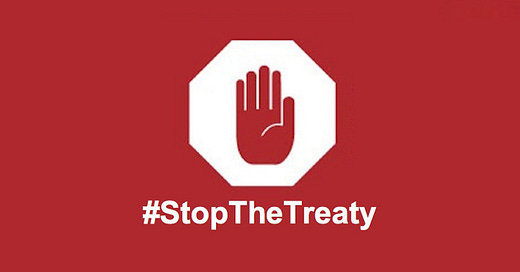




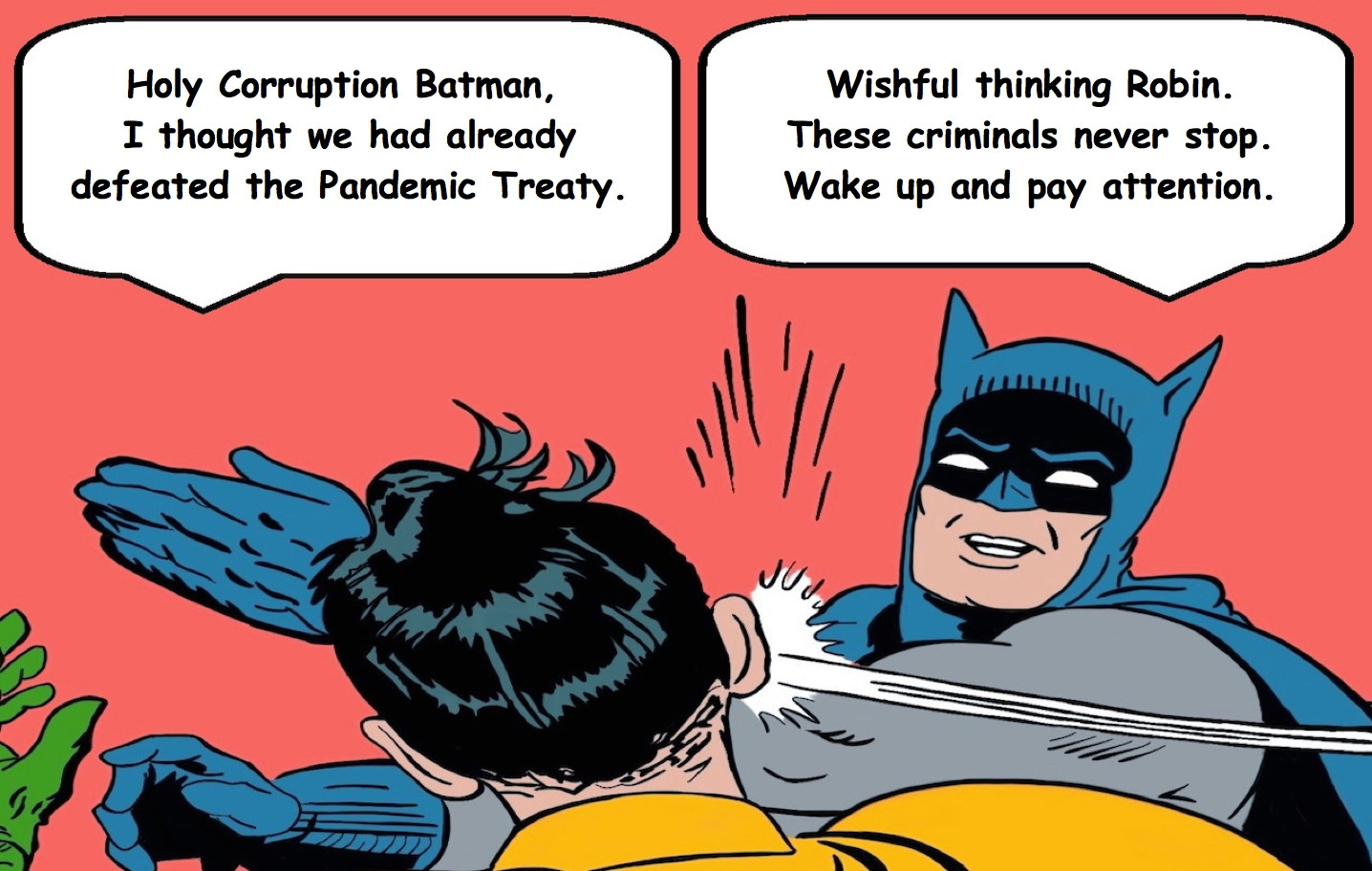






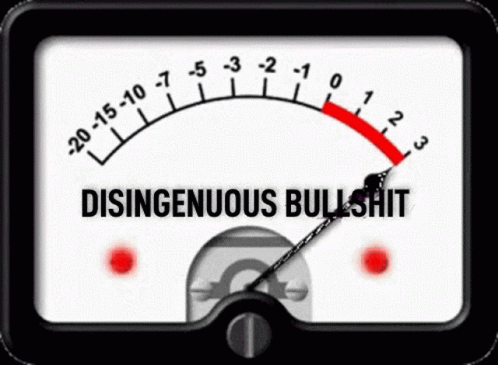


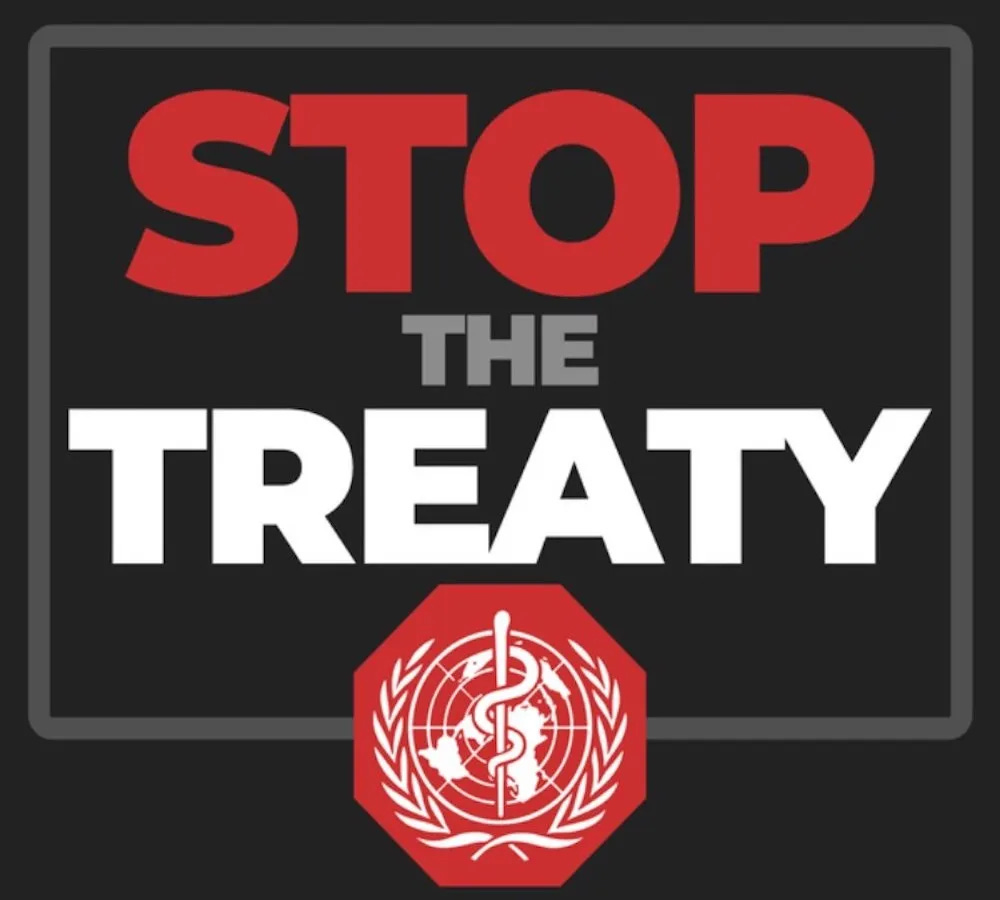
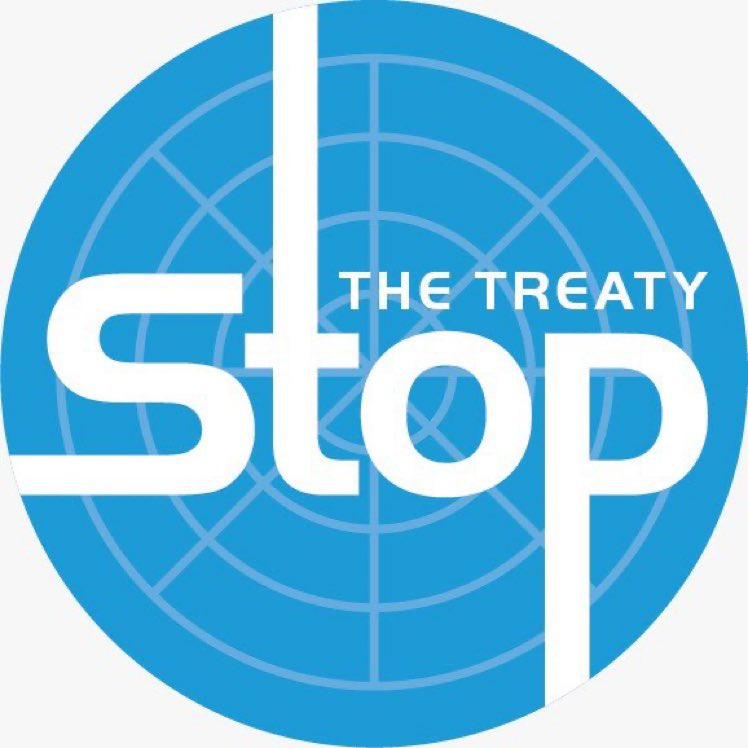
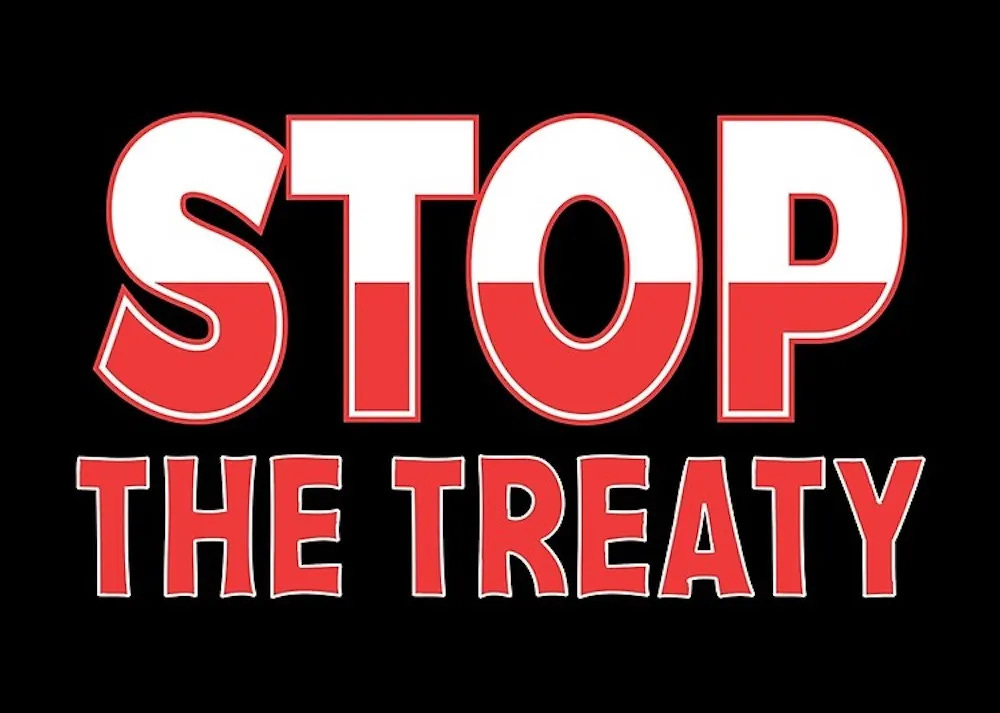
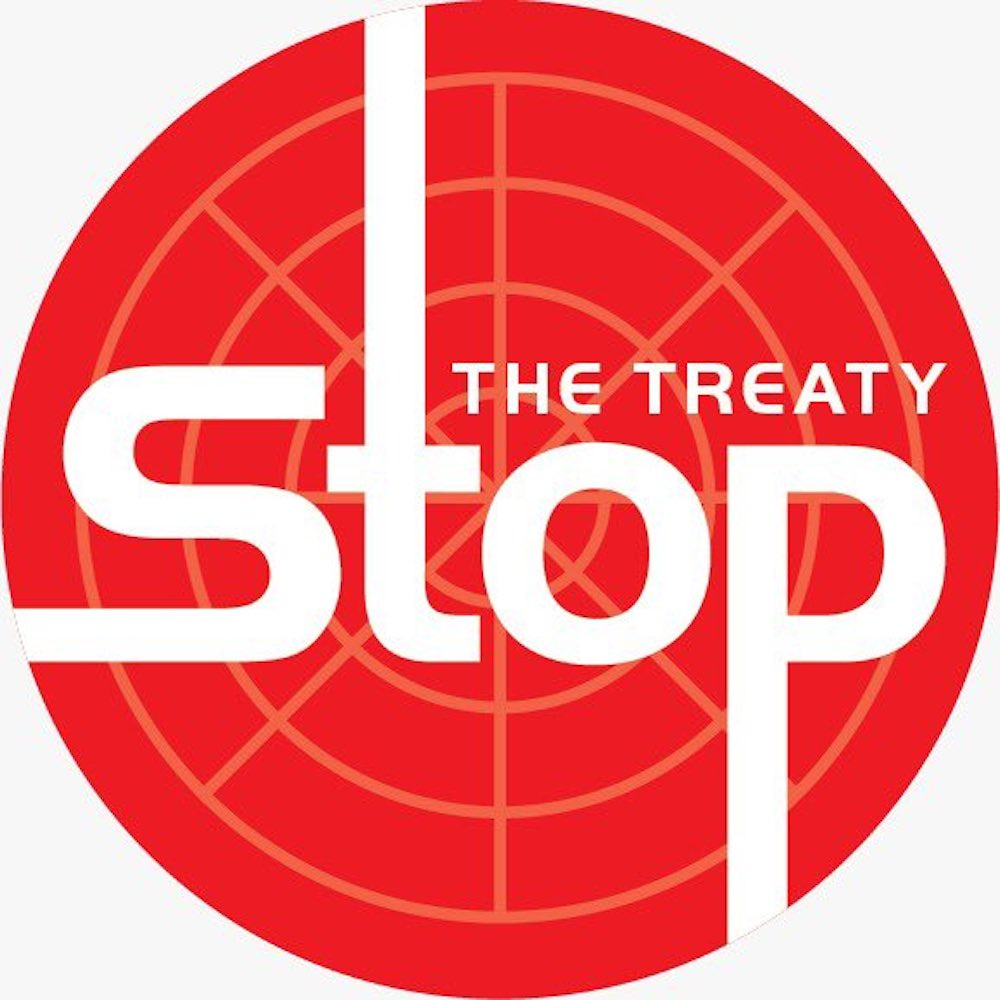
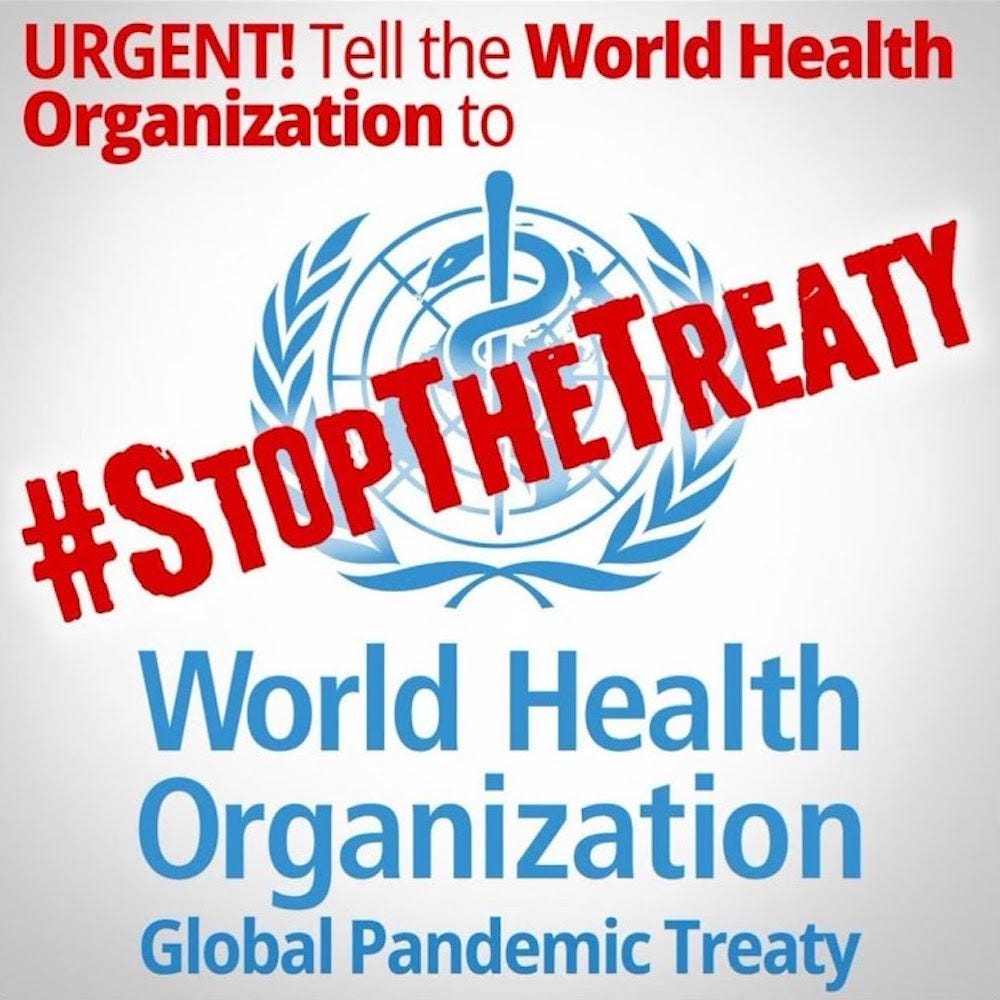
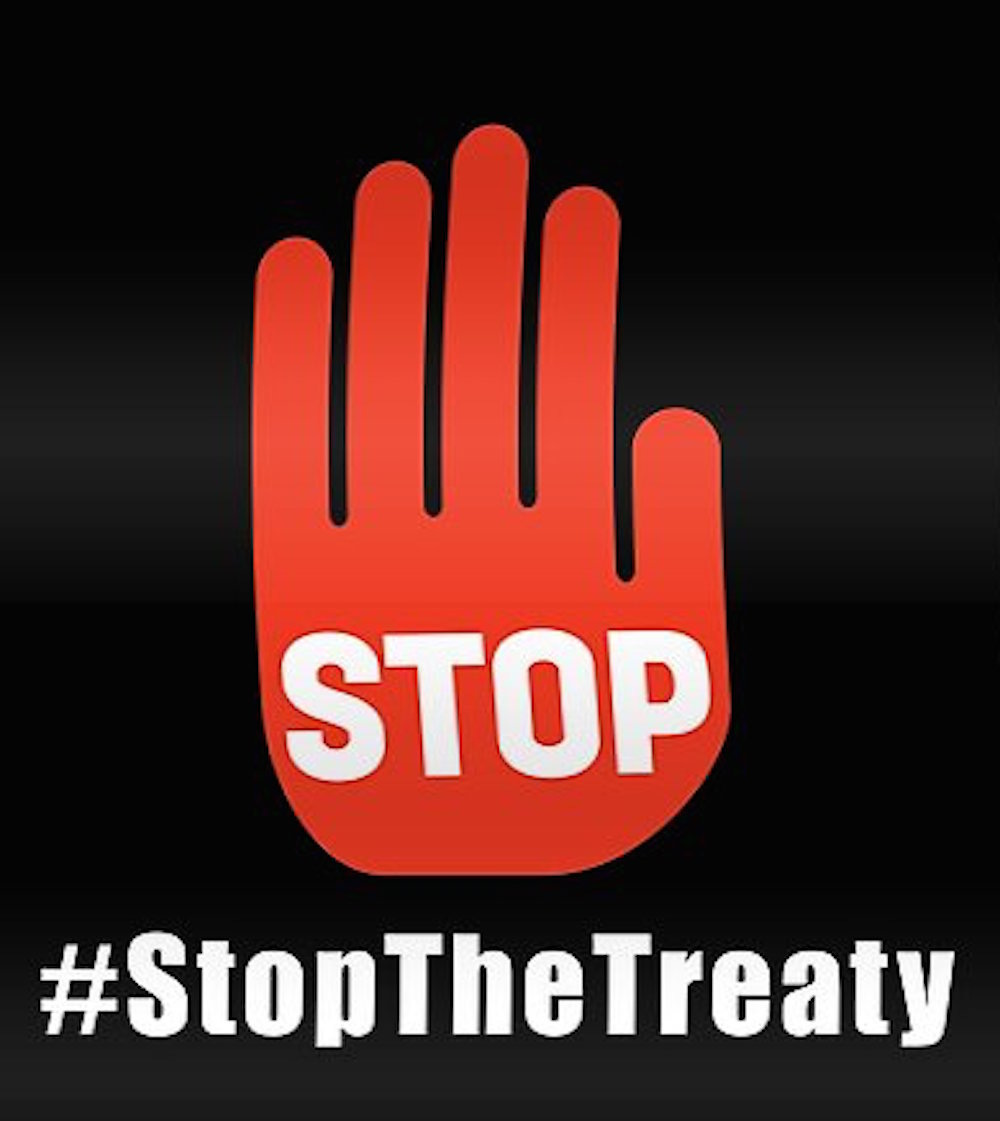



There is nothing to negotiate the WHO knowingly lied and homicided innocent people worldwide. You don't negotiate with murders you have them arrested and punished for their crimes against humanity. The answer is HELL NO!
Great work here. Electing Trump thus becomes an urgent necessity. Wild.